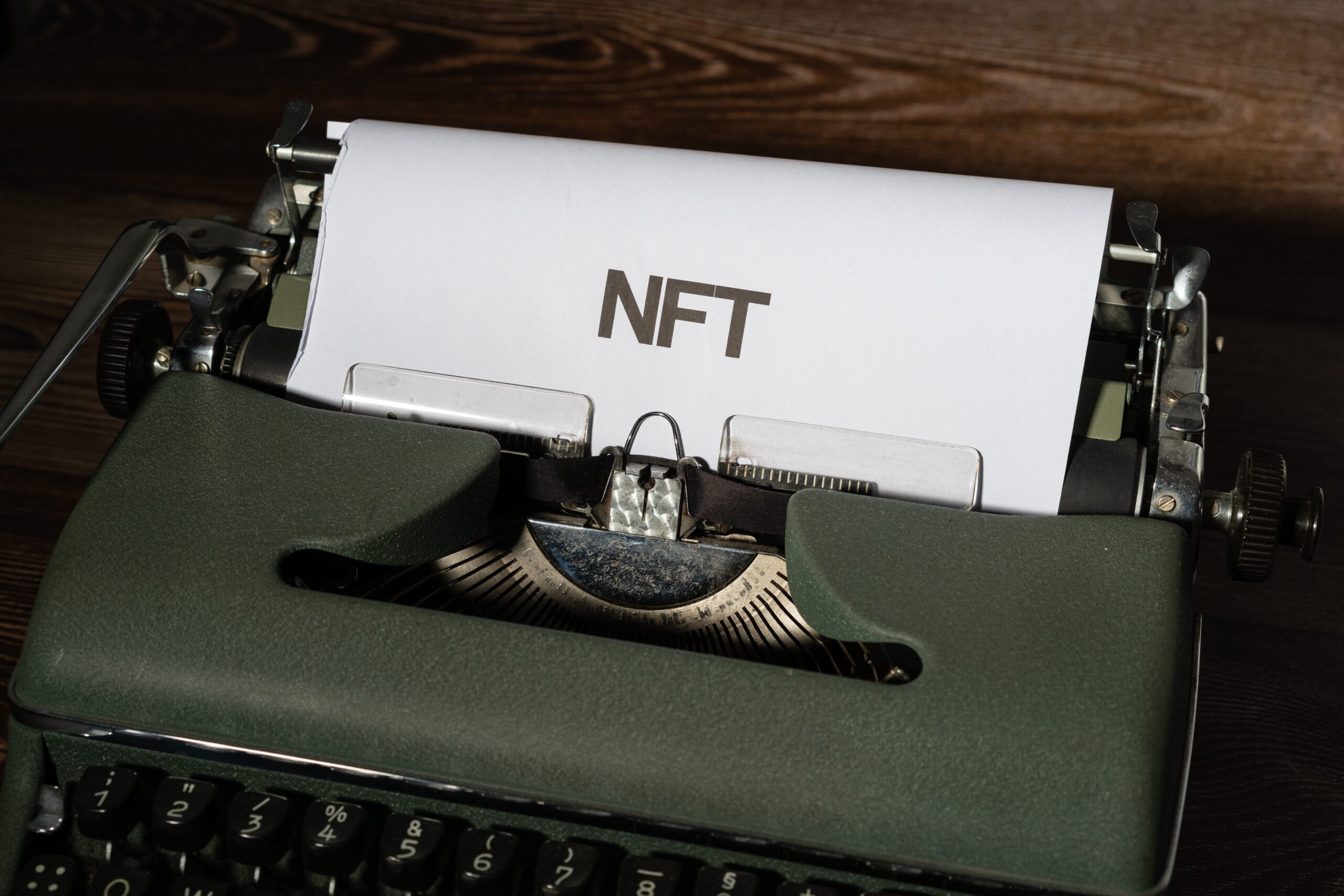Mention the idea of non-fungible tokens (NFT) to anyone; chances are they will have heard of it in the past two years. That’s not surprising in the least, considering that 2021 saw a record number of NFT sales. 2021 was a whirlwind year for the digital token community, boasting a 21,000% increase compared to the previous year. With a drastic leap in sales, from 82 million to 17.6 billion USD, NFTs were the town’s talk over the COVID-19 pandemic.
In Southeast Asia, NFT adoption has been exceptionally apparent. Polling 28,000 people across 20 countries, research firm Finder found that a third of respondents in the Philippines and just over a quarter in Thailand owned NFTs. Malaysian respondents were not far behind, with 24% affirming their ownership. Such numbers are a clear indication of the NFT adoption rate in Southeast Asia, with forecasts predicting that NFT adoption is poised to hit 41% in the region.
While many might posit that NFT trade functions solely as a financial vehicle in which NFTs are used as a store of value and an investment, the advancement of the NFT scene has empowered content creators and artists alike. The region, which sports a vibrant art industry across Southeast Asian countries, has taken to NFTs as a way to share their work. Circumventing regional obstacles and challenges in reach, NFTs have allowed digital creators to mint their work on the blockchain and generate tangible income.
How Do NFTs Work?
Defined as a digital asset representing real-world objects, NFTs can be anything from art to music and in-game items. Bought and sold on blockchain networks that meticulously track ownership of these assets, the exchange of NFTs frequently entails the use of cryptocurrency. What sets NFTs apart from mainstream digital assets are the proofs of ownership encoded within the tokens – an NFT’s unique data provides information which allows for the verification and validation of its own while comprehensively tracking the history of the token’s transfer.
Further details that set NFTs apart from mainstream digital assets are the exclusivity ingrained in each NFT. While consumers can purchase ownership of mainstream digital assets online, each NFT is unique and different from the others. The term “minting” describes when an NFT goes online and signifies that it is a veritable “one of one exclusive.” Hence, when an NFT is purchased, and ownership is transferred, a statement declares, “I have exclusive ownership of this digital token.”
Environmental Impact Of NFTs
All that technological record keeping and ownership tracking do come at a price. Contrary to popular belief, NFTs are not as environmentally-friendly as once thought. The creation of NFTs is a highly energy-intensive process, and minting NFTs utilises what is known as a proof-of-work operating method. For proof-of-work calculations to be successful, exponential amounts of algorithmic analyses are required, which consume significant computing power and tons of energy. Processors slog away night and day to define proof-of-work solutions, and minting a single NFT can consume nine days’ worth of electricity from an average American household.
This energy consumption becomes more intense as NFTs are sold and traded on blockchain networks. The transfer of NFT ownership tracked via decentralised networks such as Bitcoin, and Ethereum blockchains can consume over 317 TWh of energy annually. To put that amount in perspective, that is approximately the amount of electrical energy used annually by Italy. Sustaining a de-centralised network’s worth of data is no mean feat, and in this case, it possesses the carbon footprint of an entire country.
Reducing NFTs’ Impact On The Environment
The NFT industry has recognised the need for a sustainable future and the necessity to revamp processes. A solution garnering traction lies in utilising green resources to fuel computation. By taking blockchain mining off traditional power grids and using clean energy, the NFT industry can reduce the impact of carbon-generated emissions.
Another solution the NFT community has proposed to reduce their carbon footprint entails batching transactions and bulk processing them. Breaking this down using the analogy of a fast-food outlet – instead of ordering and paying at the cashier for each item individually, consumers would compile their transactions and “order” them in one go. This process reduces unnecessary computations needed to verify proof-of-work and would ultimately reduce energy consumption.
As an avid skier, I see much parity between the NFT industry and the lush white slopes on which I fondly travel. Each industry represents a different texture of snow, and as industries change in the wake of the COVID-19 pandemic, skiers must adapt to embrace the joys of going downslope completely.





